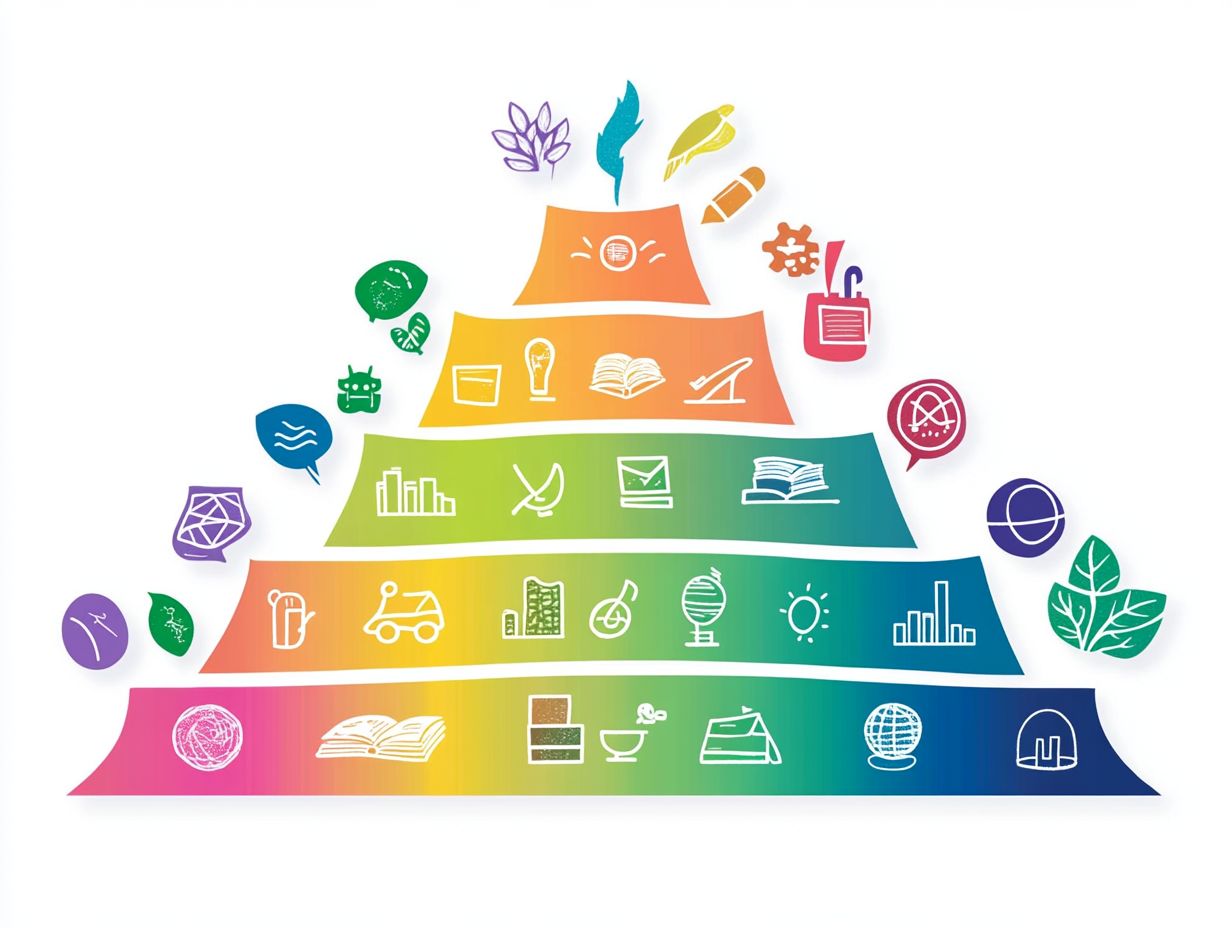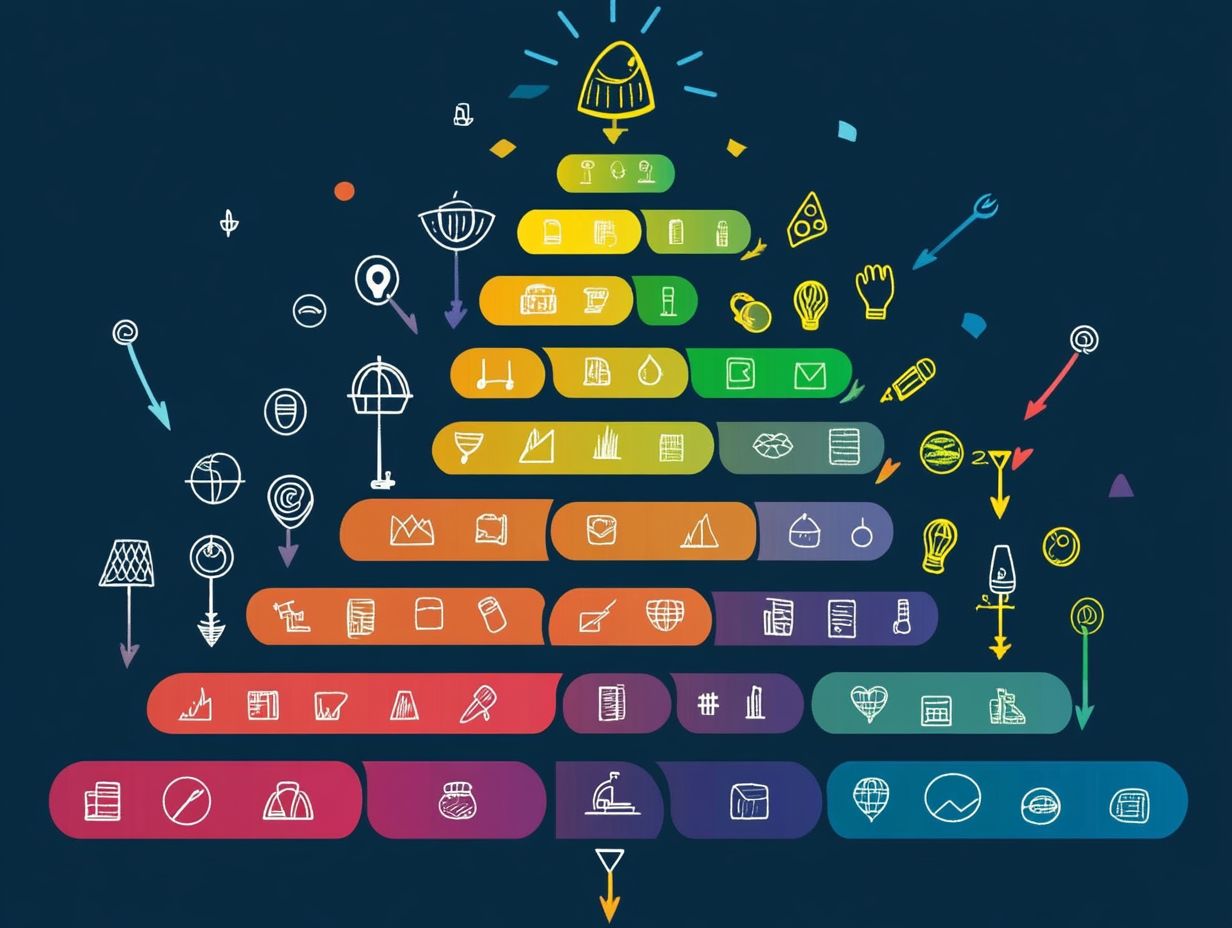Understanding Language Proficiency Levels
Language proficiency is essential for effective communication today. It shapes our interactions in a connected world.
This article explores the levels of language proficiency. It also looks at tests that measure these skills and factors that influence them.
Improving your language skills offers many benefits. These include career growth and personal development.
Get ready to discover the incredible opportunities that come with mastering a new language!
Contents
Key Takeaways:

- Language proficiency levels measure your ability to communicate effectively.
- Popular tests like TOEFL and IELTS use a scoring system for assessment.
- Personal motivation, exposure, and learning strategies greatly affect proficiency.
Overview of Language Proficiency Levels
Language proficiency levels play a vital role in assessing your linguistic abilities. They are often articulated through standardized frameworks such as the Common European Framework of Reference (CEFR), the American Council on the Teaching of Foreign Languages (ACTFL), and the Interagency Language Roundtable (ILR).
These proficiency levels offer a systematic approach to evaluating your speaking, listening, reading, and writing skills across diverse contexts. This structure ensures that your language abilities align seamlessly with your educational aspirations and career development goals.
What are Language Proficiency Levels?
Language proficiency levels offer a structured classification of your abilities and skills in various linguistic tasks, including speaking, listening, reading, and writing.
These levels, framed within systems like the CEFR, provide a nuanced understanding of your comprehension and production capabilities in real-world situations.
To measure your proficiency against established benchmarks, various assessments including standardized tests and performance evaluations are utilized. This ensures a consistent approach to skill measurement.
Self-assessment is crucial for language learners. It helps identify strengths and weaknesses, allowing for realistic improvement goals.
Proficiency levels significantly influence your academic journey and career opportunities. Many institutions and employers seek candidates with specific language skills tailored to their needs.
Common Language Proficiency Tests
Common language proficiency tests serve as standardized assessments meticulously crafted to evaluate your language skills against esteemed benchmarks such as the CEFR, ACTFL, and ILR scales.
These tests provide invaluable insights into your speaking, listening, reading, and writing capabilities, allowing you to gauge your proficiency with precision.
Popular Tests and their Scoring Systems

Popular tests like the TOEFL, IELTS, ACTFL OPI, and the ILR scale are essential tools for assessing language proficiency. Each boasts its unique scoring system to evaluate your linguistic abilities.
These assessments differ in structure. The TOEFL and IELTS focus on reading, writing, listening, and speaking components, while the ACTFL OPI emphasizes oral proficiency through interactive interviews.
The ILR scale grades proficiency from 0 to 5, capturing a spectrum from no ability to fluent communication. Each framework aligns with internationally recognized proficiency levels defined by CEFR, ACTFL, and ILR, offering a comprehensive understanding of your language capabilities.
For both academic institutions and career advancement, these evaluations are essential. They not only serve as benchmarks for admission and hiring processes but also provide a standardized measure of language competence recognized worldwide.
Factors Affecting Language Proficiency
Language proficiency levels are influenced by a multitude of factors. These include personal characteristics, external circumstances, and the educational environments you navigate.
These elements collectively shape not just your linguistic ability but also your cultural competence.
Personal and External Factors
Personal and external factors shape your language proficiency. Your motivation, age, and previous language experiences are crucial personal elements.
External factors include the quality of language programs and opportunities for cultural immersion. Understanding these dynamics is key for learners and educators alike.
Your motivation can drive you to seek additional resources and practice, boosting your skills. Meanwhile, a supportive language community or access to native speakers enriches your learning experience.
Understanding different cultures enriches your learning and helps you connect with the language and its speakers. Recognizing how these elements work together empowers you to reach your full potential.
Benefits of Improving Language Proficiency
Enhancing your language proficiency brings a wealth of advantages! It profoundly boosts your career development prospects, refines your educational planning, and promotes personal growth.
It also cultivates an understanding of different cultures and sharpens your communication skills, allowing you to navigate diverse environments with ease and confidence.
Career Advancement and Personal Growth

Language proficiency is a crucial asset for your career advancement. It significantly enhances your communication skills and opens doors to myriad opportunities across various professional fields and industries.
When you master another language, your confidence soars! This makes you an attractive candidate for employers seeking individuals who thrive in multicultural environments.
With this skill in your toolkit, you may find yourself poised for promotions, new job offers, and exciting collaborations with diverse teams that enrich your professional journey.
Participating in language learning programs fosters personal growth by sharpening your critical thinking, cultural awareness, and adaptability. As you enhance your linguistic abilities, you’ll discover you’re better equipped to tackle challenges in the global marketplace, giving you a significant edge over peers who might lack these invaluable skills.
Tips for Improving Language Proficiency
Enhancing language proficiency demands a thoughtful blend of effective strategies and resources tailored to your unique needs as a language learner.
By employing these tailored approaches, you can consistently assess and enhance your skills, making steady progress on your journey to fluency.
Effective Strategies and Resources
Effective strategies for enhancing your language proficiency involve tapping into a variety of resources, such as language learning apps, online courses, and immersive experiences, all while incorporating self-assessment techniques.
By blending these tools, you can craft a dynamic and personalized approach to language acquisition. For instance, interactive apps provide gamified learning experiences that engage you, while online courses offer structured content designed to match your proficiency level.
Engaging in language exchange programs or connecting with native speakers through social media can further refine your practical skills.
Implementing self-assessment methods like setting clear learning goals and regularly testing your abilities not only helps you track your progress but also boosts your motivation and fosters a sense of accountability.
This ultimately creates a more enriching learning environment tailored just for you.
Frequently Asked Questions
What are language proficiency levels?

Language proficiency levels refer to a standardized way of measuring a person’s ability to use a particular language. It is used to determine one’s proficiency in reading, writing, speaking, and listening to a language.
Why Understand Language Proficiency Levels?
Understanding language proficiency levels sets clear goals for learners. It helps educators create effective lessons and assessments.
How Are Language Proficiency Levels Determined?
Language proficiency is assessed through various methods like tests, interviews, and observations. These assessments measure skills in vocabulary, grammar, and comprehension.
What Are the Different Language Proficiency Levels?
The main proficiency levels are beginner, intermediate, advanced, and fluent. These can be further divided into categories like A1, A2, B1, B2, C1, and C2 based on the Common European Framework of Reference for Languages (CEFR).
What Skills Are Evaluated?
Proficiency levels assess reading, writing, speaking, and listening skills. These include vocabulary understanding, grammar use, and the ability to express ideas clearly.
How Can You Improve Your Language Proficiency?
You can boost your skills by practicing regularly with various resources like classes and online courses. Engaging with native speakers through cultural experiences can significantly enhance your abilities.






